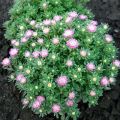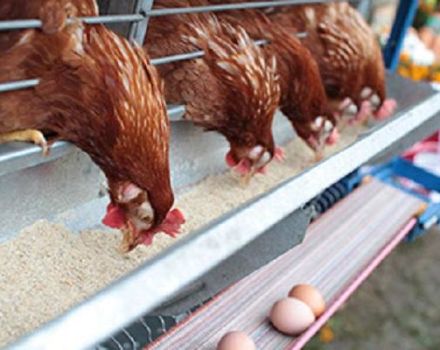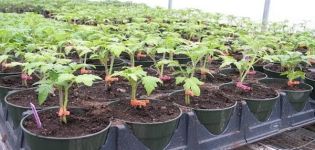Planting and caring for aubre in the open field, breeding methods and description of the best varieties
Perennial ground cover plants are deservedly popular in landscaping areas. They not only create a beautiful green carpet, but also prevent the growth of weeds that cannot break through dense plantings. One of such ground covers is aubretia, planting and caring for which in the open field is not particularly difficult.
Description and characteristics of the aubriet flower
Belongs to Aubrieta, as the plant is also called, to the Cabbage family. Its natural habitat is the regions of Asia Minor and Latin America, as well as the southern regions of Europe. Despite the fact that the flowers of aubretia are very small, this is compensated by their myriad of them. During flowering periods - and this happens twice (in early summer and early autumn) - the earth is covered with a picturesque carpet, from which it is impossible to look away.
The buds of the aubretia have a different color, which depends on the variety - there are white, blue, purple, blue specimens. After the end of flowering, a fruit appears in place of the buds, which is a pod with elongated seeds. The leaves of the aubretia are also small, covered with slight pubescence. They are obovate or round in shape, characterized by jagged or solid edges. The plant's bush grows to a height of 25-30 cm.
Varieties and types of abretion
The flower has several types and a large number of hybrids. Among them, the most popular among gardeners are:
- Deltoid. It does not exceed 15 cm in height, has bluish-green leaf blades. The racemose inflorescences appear on the deltoid aubretion at the end of May and last for about a month. The diameter of the buds is about 1 cm, and the color palette is purple and dark blue.
- Kseniya. Aubretia has branchy creeping shoots, not exceeding 10 cm in height.The leaves are small, oval in shape, the flowers have a dark purple hue, 1 cm in size.
- Cascading. Belongs to hybrid varieties. Shoots of a gray-green shade have strong pubescence. Turquoise, blue or purple buds appear on cascading shaving in May. They have a neat yellow eye. This hybrid is ideal for vertical gardening.
- Red king. Aubretia is characterized by a spherical bush that does not exceed 15 cm in height. Quite large (up to 5 cm) bright red flowers appear on it.
- Cote d'Azur. Aubrieta with dark green dense foliage.During the flowering period, the carpet is covered with flowers of a light blue hue.

Pros and cons
The advantages and disadvantages of ground cover crops are the point that gardeners first of all pay attention to when choosing a variety for their site.
The pluses of a flower include:
- Effective appearance of a flowering carpet.
- Undemanding care.
- Richness of color palette.
- Resistant to low and high temperatures.
- Ease of reproduction.
There are practically no disadvantages of abretion:
- Demanding lighting.
- The need for a transplant every two years.
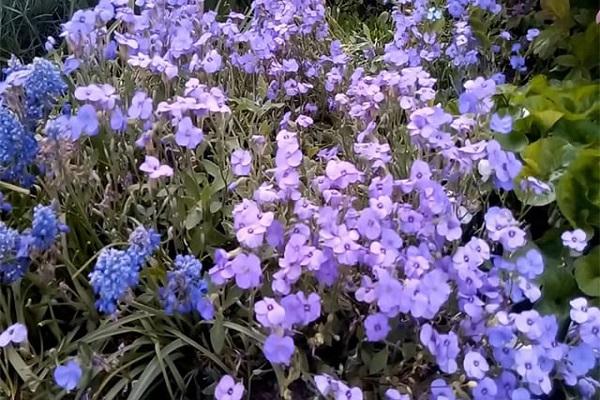
Growing from seeds
To speed up the flowering process of aubretia, at home, seeds are sown for seedlings at home, and only then the mature seedlings are transferred to a permanent place of growth.
Sowing
It is better to purchase aubre seed material in a flower shop, where there are certificates of conformity of varieties. It must be remembered that Aubriet grown from seeds will bloom only next year. They begin planting seeds at the end of February, when 2-2.5 months remain before the onset of heat. In different regions, these terms may slightly shift.
The best options for sowing a flower are peat tablets, then you do not have to dive the seedlings from a common container and transfer them to flower beds. It is enough to plant together with a peat pot, this will prevent injury to the delicate roots of aubretia.
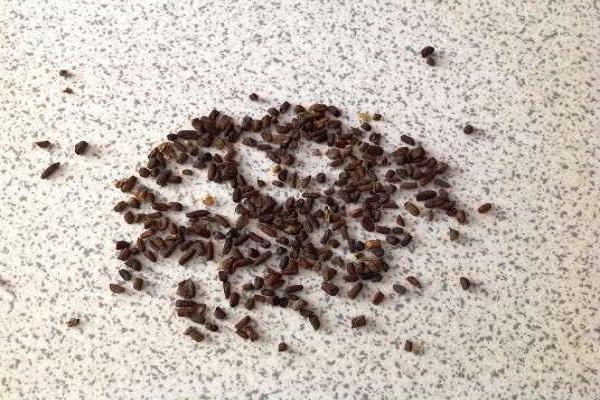
First, the tablets are poured with water and wait for them to swell. After that, 2-3 flower seeds are laid out on the surface of each. A layer of steamed river sand 3-4 mm thick is poured on top. Spray on top with warm water from a spray bottle with small holes and cover with plastic wrap and glass. The most suitable temperature for germination of aubre seed is considered to be in the range from 18 to 21 degrees.
Seedling care
After the appearance of green shoots, the film or glass is removed daily for several hours so that the flowers are ventilated. As soon as they get a little stronger, the coating can be removed altogether. It is necessary to be very careful with watering seedlings, aubretia does not like stagnation of liquid and can get sick. 2-3 weeks before planting seedlings in a permanent place, the plants are fed with complex mineral fertilizer, but they make a weak concentration. If the sprouts look strong and grow quickly, skip this stage altogether.
Picking
The process of seating in separate containers is extremely negative for aubretia. If, nevertheless, the seeds were sown not in separate peat pots, but in a common container, the pick is carried out, observing the utmost care. First, the soil is spilled, and then the seedlings are carefully taken out with a teaspoon and placed in separate cups.

When and how to plant in open ground
The transfer time of seedlings in each region varies depending on climatic conditions. On average, this falls on the beginning - mid-May, when the weather is stable and warm and the threat of return frosts has passed. In the northern regions, it is better to do this at the end of May.
The place planned for planting aubre seedlings should be well lit by the sun. In the shade, the gardener will not see the abundant flowering of the aubri that the plant is capable of. But in relation to the soil, the flower does not impose increased requirements. Rather, on the contrary, the poorer the soil, the more the abretion likes it. The main thing is that the soil is moisture-permeable and loose. A small amount of wood ash or peat will not hurt. The acidity of the soil is preferable to be neutral or weak.
When digging holes for seedlings, take into account that their width should be twice as large as that of a peat tablet in which the flower is located. The depth of the fossa is determined by the length of the roots. Plants are placed at a distance of 5 cm from one another.After planting, the soil is pressed down with hands and the surface is mulched with a 5-centimeter layer of sand, after which it is abundantly moistened.

Further care for ornamental culture
The further care of the plant depends on how lush the carpet from the abretion will turn out.
Watering
Care should be taken with moisturizing the abretion. The flower does not like too moist soil and will react with root rot or lack of flowering. With a sufficient amount of natural precipitation, this procedure is abandoned, and watering is carried out only in especially dry periods. Moreover, the sprinkling method is considered the best option for a plant.
Fertilizer
Top dressing is a guarantee of abundant and long-lasting blooming of aubretia. It is carried out twice a season, using mineral compositions. The first time the flowers are fertilized in the spring, at the stage of bud formation. The second dressing is necessary to shave off in the summer, after the pruning procedure, in order to stimulate a second wave of flowering.
Pruning
This procedure is necessary for the plant to bloom again. It is carried out after the first wave, which lasts up to 7 weeks. All stems are cut at the root and mineral feed is added. After that, the flower actively begins to grow and by the fall pleases the owners of the site with a new wave of abundant flowering. In the fall, before preparing for winter, pruning is no longer carried out, otherwise the plant may die in the cold season.
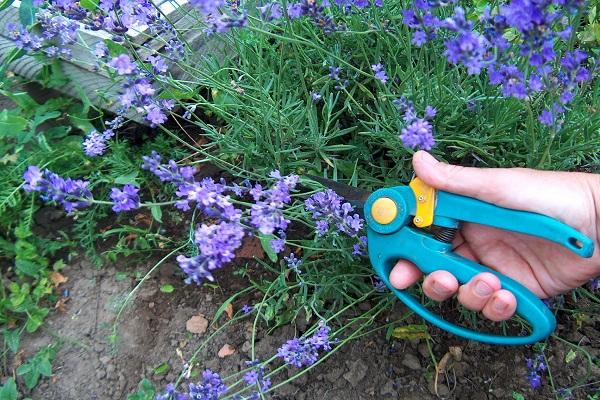
Preparation for wintering
Aubretia is famous for its increased frost resistance and hibernates in the open field without problems. Only in the northern regions, dry leaves are thrown on top of the bushes and covered with spruce branches.
Diseases and pests
Powdery mildew is considered the most dangerous disease for aubretsia. A characteristic feature is the appearance of a brown bloom on the flower. They begin to treat when the first symptoms appear, otherwise it will not be possible to save the plant.
For spraying, a solution of colloidal sulfur is used.
Of the pests, aphid colonies cause great damage to flowers. If there are few pests, concentrated nettle infusion is used to combat. In case of severe infection of plants, insecticidal preparations such as "Aktara" cannot be avoided.
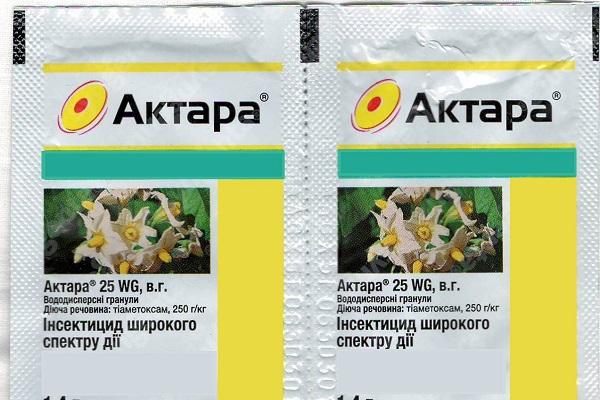
Breeding methods
For breeding aubretia in a garden plot, the following methods are used:
- Seminal. Sow in prepared soil, water and wait for flower shoots.
- Cuttings. After pruning, cuttings remain without flowers, which are used for breeding aubretia. Peat and sand are mixed in equal proportions and cuttings are planted in this mixture. By the end of summer, they will take root and strengthen, then the flowers are transferred to a permanent place of growth.
- Division of the root. This procedure is carried out in the fall or spring. The method is rather risky for plants, therefore it is rarely used by gardeners.
- Layers. Lying shoots of the flower are covered with soil and wait for them to take root. Then the plants are planted in a permanent place.
Aubriet in landscape design
Aubretia flower is widely used in landscaping sites. A flower is irreplaceable for decorating fences and vertical surfaces. The best companions for a plant in a flower garden are alyssum, irises, euphorbia and soap. Aubretia has found its place in the design of rockeries and mixborders.






